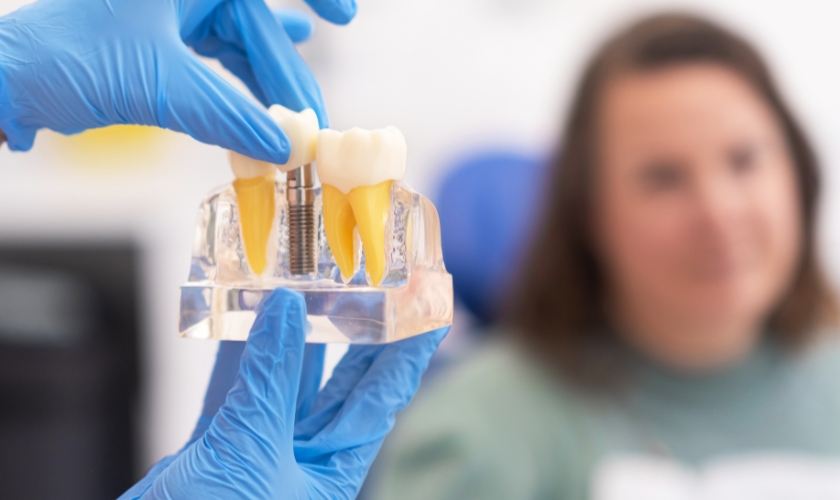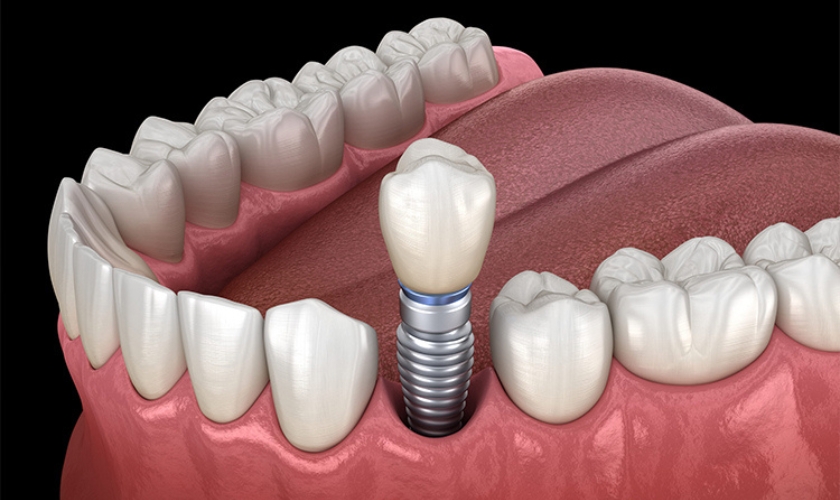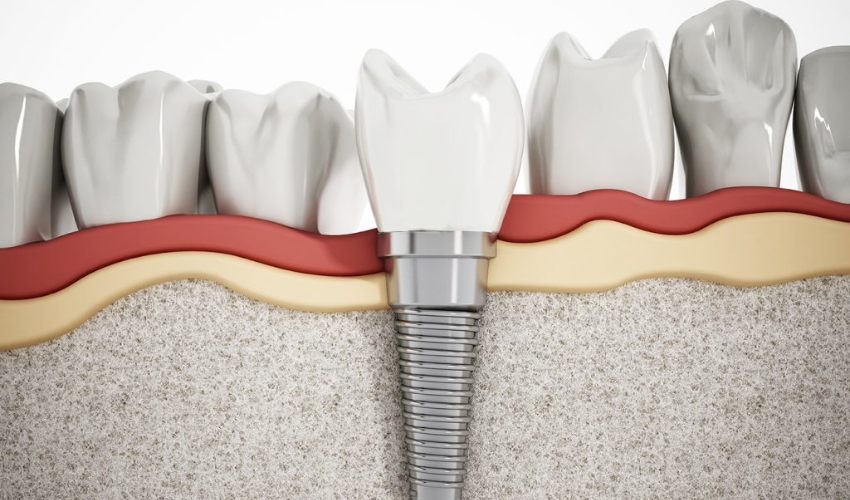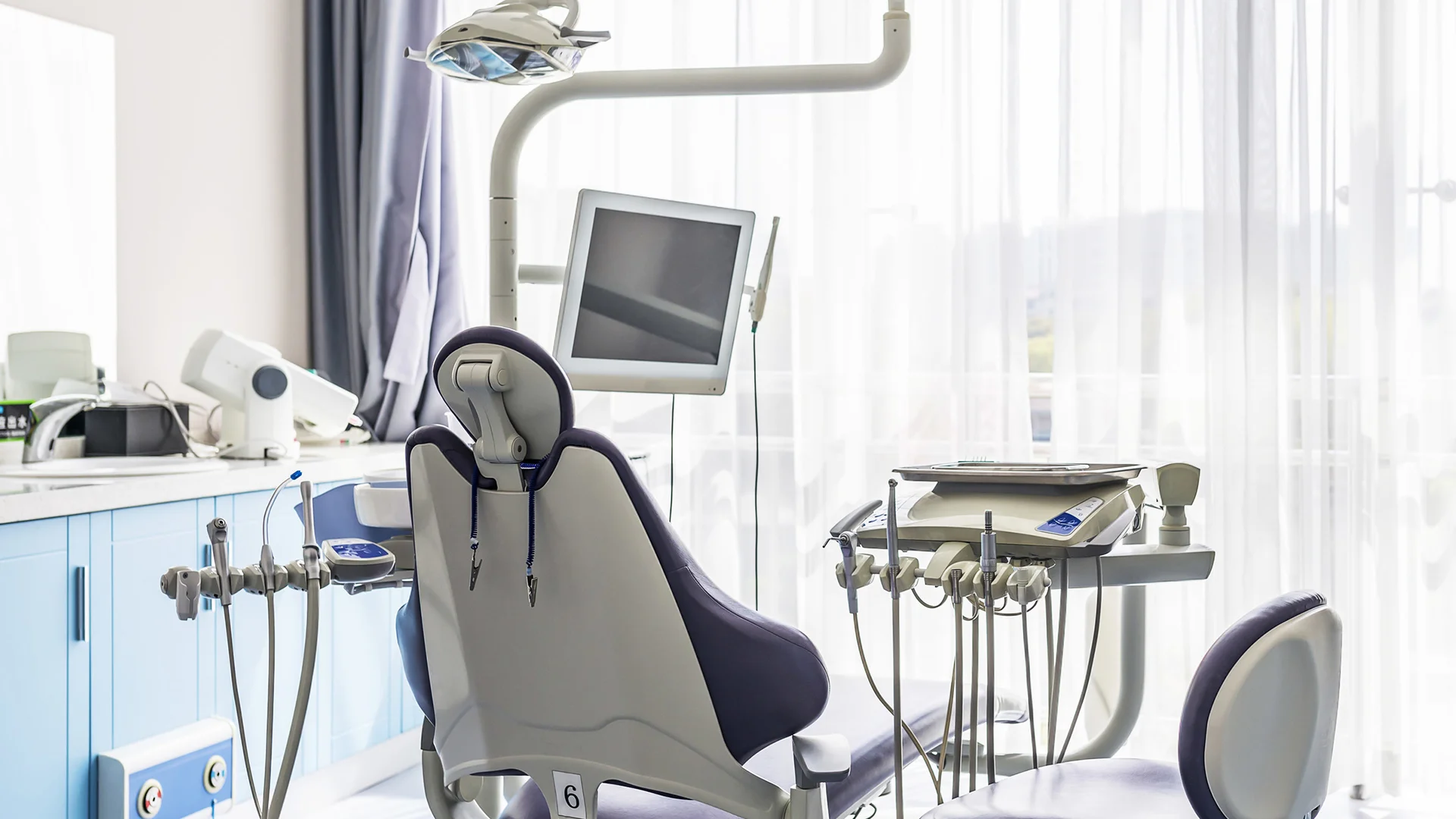
Dental implants transform lives by restoring function and beauty lost with missing teeth. Osseointegration is the scientific breakthrough that allows these implants to be truly permanent and successful. Most think implants only work as replacements, yet they actually biologically become part of the bone.
The breakthrough transformed dentistry by proving that implants become part of the body naturally rather than being rejected as foreign bodies. This blog explains the science, process, and importance of osseointegration for long-term dental implant success.
What Is Osseointegration?
Osseointegration is the process of bone cells incorporating titanium implant surfaces for stability. Professional dentists discovered osseointegration while researching bone healing. Dental implants are successful only if osseointegration occurs to ensure strength and longevity.
Without osseointegration, implants can lead to failure, pain, and instability in the jawbone. This natural process of integration ensures implants function exactly like natural teeth and not artificial substitutes.
Why Bone Healing is Important in Dental Implants
Tooth loss starts bone resorption, since bone atrophies without the chewing stimulation. Bone healing is required for implants, since they require bone support to anchor. A healthy jawbone holds these artificial tooth roots stable, secure, and functional in the long term.
Bridges and dentures restore appearance but do not halt continuing bone loss. Dental implants in San Antonio preserve bone volume, with healthier smiles than traditional alternatives.
The Biological Process of Osseointegration
First, dentists surgically place implants into the jawbone with accuracy. Then, bone cells slowly adhere to the implant’s specialized titanium surface. Remodeling over months strengthens this bond, forming a stable, natural base.
Osseointegration allows implants to act like natural tooth roots when one chews. Modern implants incorporate surface treatments that increase integration and enhance long-term implant predictability.
Factors That Affect Successful Osseointegration
Bone quality is one of the concepts associated with the osseointegration of implants. Age, presence of disease, and medications are known to have a significant impact on bone healing and integration. Cigarette smoking inhibits blood supply and compromises the success of bone healing and osseointegration.
Healthy oral hygiene routines over the long term improve healing and the stability of implants. Surgical skill, quality of the implant, and sufficient time for healing are factors to determine the success of the treatment.
How Long Does Osseointegration Take?
Osseointegration with implants typically requires three to six months of healing. Time periods vary according to bone density, patient health, and surgical technique. Immediate-load implants allow faster placement but with higher risks if healing is prolonged.
Traditional implants require longer healing times to allow for safe bone integration. Standard follow-up appointments allow dentists to effectively monitor integration.
Benefits of Successful Osseointegration
Dental implants in San Antonio last decades and offer reliable and natural oral function daily. Stable osseointegration ensures implants allow pain-free and mobility-free chewing. Implants preserve facial structure and prevent sunken cheeks from bone resorption.
Implants improve speech clarity and restore professional and social confidence. Permanent implant solutions improve overall oral health and lifestyle satisfaction.
When Osseointegration Fails
Osseointegration may not be successful with infection, poor bone, and smoking. Symptoms of a problem include the implant becoming loose, persistent pain, and swollen gums. The early diagnosis allows timely intervention before worsening of the condition occurs.
This may require bone grafting, corrective surgery, or implant replacements according to dentists. Dentists inform patients that there is treatment for complications.
Osseointegration transforms implants into permanent, functional, life-changing solutions. The science of understanding highlights implants’ success where other replacements fail. Candidates for implants must visit a professional to have an evaluation and treatment planning.
Schedule an appointment with us to achieve safe and predictable implant outcomes. Healthy smiles depend on timely care and successful osseointegration processes.




